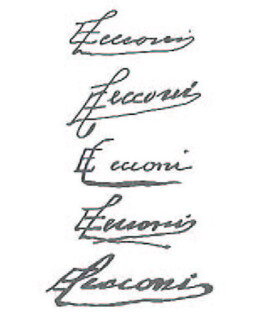
Cecconi Eugenio *
CECCONI EUGENIO
Livorno 1842 – Firenze 1903
Laureatosi in legge a Pisa, fece pratica in uno studio legale fiorentino e nel frattempo seguì i corsi di E. Pollastrini all’Accade mia. Nel 1865, alla morte del padre, abbandonò la carriera d’avvocato e tornò a vivere a Livorno per dedicarsi alla pittura, prendendo studio con A. Belimbau. Conosciuto D. Martelli, frequentò la sua casa di Castiglioncello accostandosi alla pittura dei Macchiaioli, soprattutto di G. Abbati per il quale maturò una forte ammirazione. I suoi temi prediletti furono quelli tratti dalla vita popolare e contadina (Macchiaiole di Tombolo, esposto a Milano nel 1872) ai quali si aggiunsero quelli occasionati dal suo amore per la caccia, spesso ambientati nella tenuta maremmana dei principi Corsini, la Marsiliana, dove fu più volte ospite. Durante il viaggio in Tunisia compiuto con Belimbau nel 1875, trasse gli studi sulla resa della luce e del colore messi poi a frutto in opere come Le cenciaiole livornesi (1880, Livorno, Museo Civico Giovanni Fattori). Nel 1881 si trasferì a Firenze e nel 1884 eseguì l’imponente tela con La caccia al cinghiale nel padule di Burano (Firenze, Galleria d’Arte Moderna di Palazzo Pitti), resa con una pennellata spigliata di grande impatto visivo. Tra i luoghi che predilesse come fonte d’ispirazione vi fu anche Torre del Lago, sulle rive del lago di Massaciuccoli (Lucca). Nel 1890 collaborò all’illustrazione della prima edizione delle Veglie di Neri di R. Fucini.
